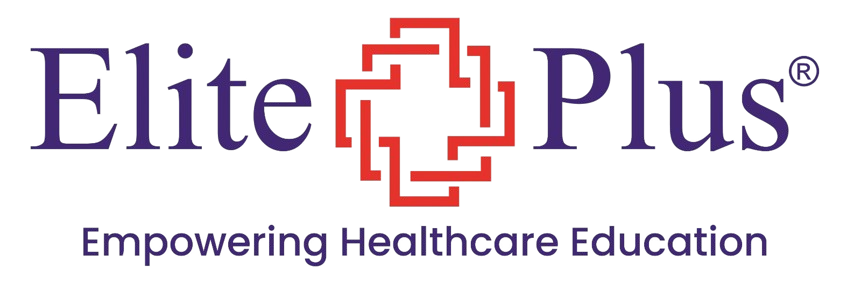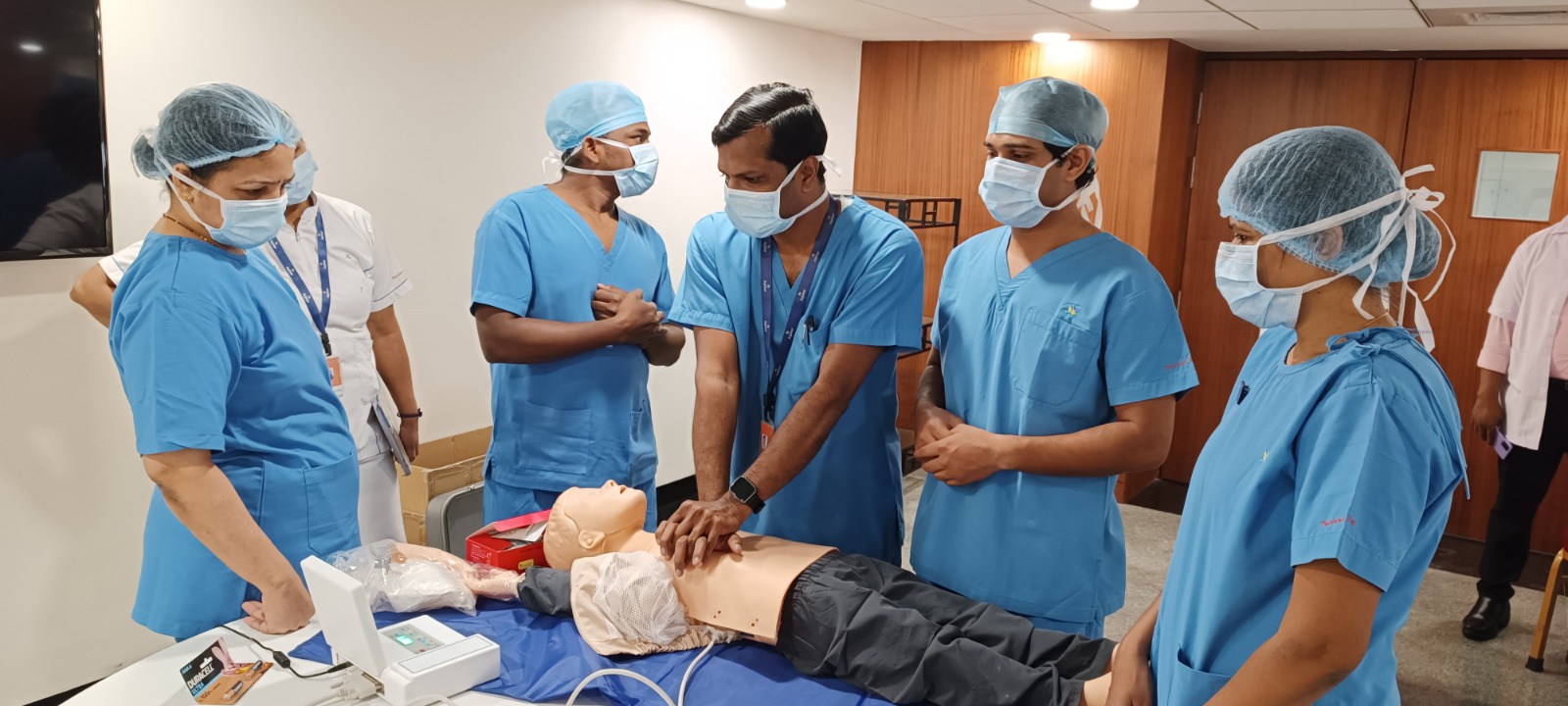1. Space Planning:
Choose a suitable location with sufficient space for various stations and equipment.
Ensure proper lighting, ventilation, and a comfortable learning environment.
Ensure proper lighting, ventilation, and a comfortable learning environment.
2. Stations and Equipment:
• Basic Life Support (BLS) Station: Include CPR manikins, AED trainers, and ventilation devices for practicing life-saving interventions.
• Wound Care and Dressing Station: Provide materials for wound cleaning, suturing, and dressing practice.
• Intravenous (IV) Cannulation Station:Equip with training arms and IV catheters for practicing proper venipuncture techniques.
• Airway Management Station: Include airway models, endotracheal tubes, and laryngoscopes for intubation practice.
• Simulation Manikins: Use high-fidelity manikins for realistic medical scenarios and emergency simulations.
• Diagnostic Equipment: Equip with stethoscopes, otoscopes, ophthalmoscopes, and blood pressure cuffs for clinical assessment practice.
• Pharmacology Station: Set up a medication administration area with safe, simulated drugs for practicing medication administration techniques.
• Wound Care and Dressing Station: Provide materials for wound cleaning, suturing, and dressing practice.
• Intravenous (IV) Cannulation Station:Equip with training arms and IV catheters for practicing proper venipuncture techniques.
• Airway Management Station: Include airway models, endotracheal tubes, and laryngoscopes for intubation practice.
• Simulation Manikins: Use high-fidelity manikins for realistic medical scenarios and emergency simulations.
• Diagnostic Equipment: Equip with stethoscopes, otoscopes, ophthalmoscopes, and blood pressure cuffs for clinical assessment practice.
• Pharmacology Station: Set up a medication administration area with safe, simulated drugs for practicing medication administration techniques.
3. Audio-Visual Equipment:
Install projectors or large screens for displaying instructional videos and simulations.
Use audio systems for clear communication during simulations and debriefing sessions.
Use audio systems for clear communication during simulations and debriefing sessions.
4. Furniture and Layout:
Arrange workstations and equipment for easy accessibility and manoeuvrability.
Provide comfortable seating for debriefing sessions and theory discussions.
Provide comfortable seating for debriefing sessions and theory discussions.
5. Supplies and Consumables:
Stock up on disposable supplies like gloves, gauze, bandages, syringes, and needles.
Ensure a variety of medical supplies are readily available for different training scenarios.
Ensure a variety of medical supplies are readily available for different training scenarios.
6. Safety Measures:
Install safety measures such as fire extinguishers, emergency exits, and first aid kits.
• Ensure all equipment is properly maintained and regularly checked for safety.
• Ensure all equipment is properly maintained and regularly checked for safety.
7. Simulation Software and Simulators:
Use medical simulation software to create realistic scenarios and case studies.
Incorporate high-fidelity simulators for immersive training experiences.
Incorporate high-fidelity simulators for immersive training experiences.
8. Trained Instructors:
Employ experienced instructors who can effectively guide learners through various procedures and techniques.
Ensure instructors are up-to-date with the latest medical guidelines and practices.
Ensure instructors are up-to-date with the latest medical guidelines and practices.
Creating an effective medical skill lab requires careful planning, collaboration, and investment. By providing healthcare professionals and students with a realistic and supportive learning environment, you contribute to their development of critical clinical skills and enhance patient care outcomes.






